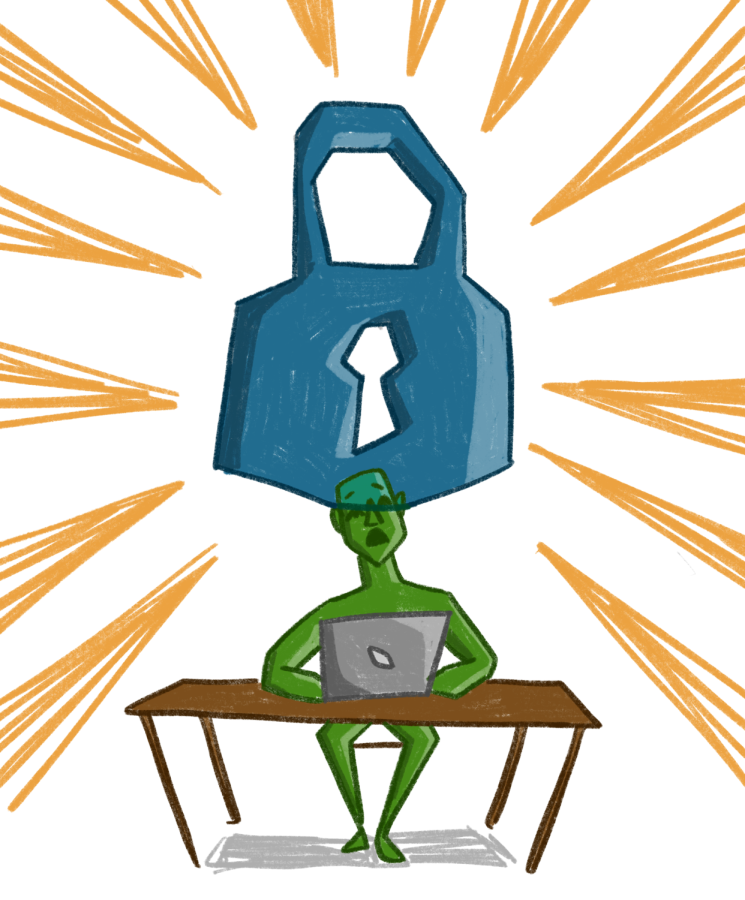Free Access to News is a Pandemic Necessity
March 8, 2022
For over two years, the COVID-19 pandemic has ravaged the country and the world. During this time, citizens have turned to journalism to stay informed about ever-changing health guidelines and mandates. However, many of these articles are hidden behind paywalls, a dangerous barrier that hides information from those who cannot afford newspaper subscriptions.
Paywalls have existed on news websites since the advent of online journalism. Traditional newspapers typically make a profit through subscriptions, and to ensure readers would not abandon their subscriptions with access to the same news coverage for free online, paywalls were instituted on digital news. Often, these paywalls require readers to subscribe after reading a limited number of articles, theoretically enticing readers to pay to read further. In reality, many of these readers will instead resort to another source, potentially one with misleading or unsafe information.
The integrity of the news industry is under constant attack by media that fail to accomplish the basic duty of journalism: to freely and fairly inform the public. COVID-19-related misinformation, including claims that vaccines are ineffective or harmful, has spread like wildfire—this is especially concerning because the majority of COVID-19 hospitalizations occur in unvaccinated individuals, according to the CDC’s Data Tracker. Rumored COVID-19 treatments, unsubstantiated by scientific evidence, encourage individuals to forgo safety precautions with a false sense of security. Some, such as the use of hydroxychloroquine, which the National Institute of Health advises against, are dangerous. This misleading information is most apparent on social media, where 48% of Americans reported getting their news at least sometimes in 2021, according to a Pew Research Center poll. When access to news sources is costly or cumbersome, it is no surprise that readers turn to free social media instead.
The inequalities this perpetuates are especially evident when scrolling through news aggregators, such as Apple News, which congregate news from various sources in one app. Many stories are restricted to Apple News+, a subscription service granting additional news coverage to those willing—and able—to pay $9.99 per month. Non-subscribers still see the headlines for these articles but cannot read further. Considering that headlines are often designed to be enticingly inflammatory, readers only able to see these headlines may be drawn to conclusions that would not be supported by the factual content of the articles. When COVID-19 news is restricted to those who are able to pay, other readers are disproportionately subjected to misinformation. A Massachusetts General Hospital study reported that lower-income communities have been hit hardest by COVID-19, and this inequality in access to information only furthers that divide.
This is not to say that there is no place for paywalls in journalism. Newspapers need a profit to survive, which can necessitate paywalls on digital content. However, it is not unprecedented for paywalls to be removed during emergencies; several newspapers, including the New York Times, temporarily made COVID-19 content free in early 2020. With the pandemic still raging, all newspapers should take the necessary step to remove paywalls on COVID-19-related articles to ensure that everyone has equal access to vital information.
This piece also appears in our February 2022 print edition.










